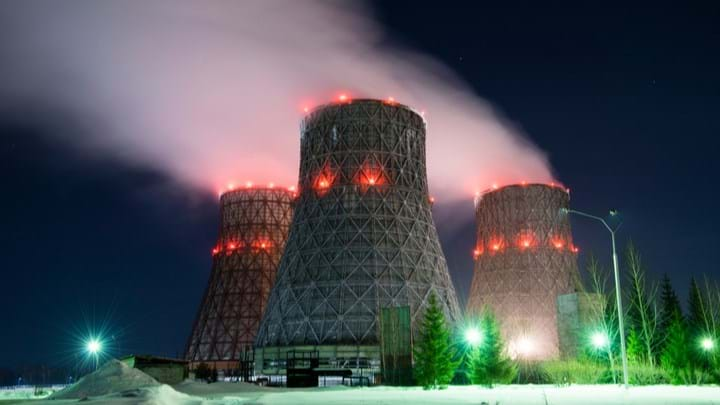Rolls-Royce, Topsoe, and ULC-Energy strike agreement to investigate nuclear-enabled hydrogen production

ULC-ENERGY has signed an agreement with Rolls-Royce and Topsoe to collaborate on nuclear-powered hydrogen production.
The partners will jointly investigate producing hydrogen using Topsoe’s solid oxide electrolysis cell (SOEC) technology, supplied with electricity and heat from a Rolls-Royce SMR nuclear powerplant.
ULC-Energy, a nuclear development and consulting company, said combining nuclear energy with SOEC technology could produce clean hydrogen more cheaply than alternative electrolysis processes.
Jack H Carstensen, business development director at Topsoe, explained that SOEC is a modular design concept that uses high-temperature electrolysis, reducing electricity requirements.
The companies also highlighted the reliability of nuclear powerplant energy when compared to alternative variable energy sources such as solar and wind. Moreover, the partners noted the use of waste heat from nuclear increasing the effective energy capacity of the plants.
A further benefit offered by Rolls Royce’s small modular reactors (SMRs) is that they would allow power to be delivered directly to the grid, when required, providing a backup to variable power sources. The partners expect this to be competitive with alternatives, such as long-duration energy storage or hydrogen combustion for electricity generation.
The companies’ investigation will also include a valuation of the operational flexibility of the SMR/SOEC combination, in the future green energy market.
Harry Keeling, head of industrial markets for Rolls-Royce SMR, said that “the production of low-cost hydrogen is a critical step on the pathway to decarbonising our wider society”. He sees the partnership as a step in “unleashing” the potential of Rolls-Royce’s SMRs, which can support a wide range of industrial applications. “Chief amongst these being the large-scale generation of low-cost hydrogen,” he said.
The agreement is the latest in a string of initiatives concerning nuclear-enabled hydrogen (NEH). Last May, the International Atomic Energy Agency (IAEA) announced it was developing a roadmap for the commercial production of hydrogen using nuclear energy. This was followed by the UK Hydrogen and Fuel Cell Association calling on the government to embrace the benefits of NEH with legislation, funding, and more nuclear sites.
Projects in this area include two by UK and US consortiums that announced investigations for NEH late last year. In September, EDF-led Bay Hydrogen Hub received around £400,000 (US$497,000) from the UK government to support the Hydrogen4Hanson project, which is working to use NEH to decarbonise asphalt and cement production.
Recent Editions
Catch up on the latest news, views and jobs from The Chemical Engineer. Below are the four latest issues. View a wider selection of the archive from within the Magazine section of this site.




